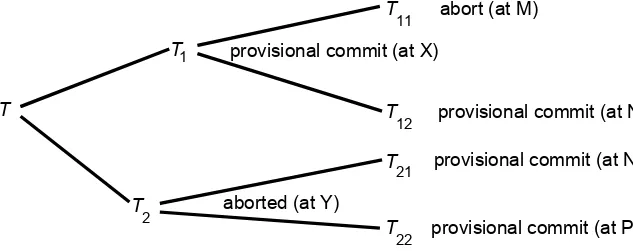Slides for Chapter 14: Distributed transactions - Chapter 14 slides
Teks penuh
Gambar
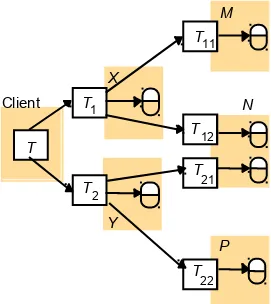
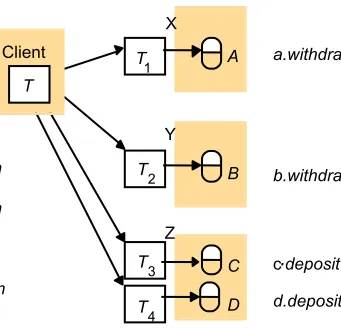
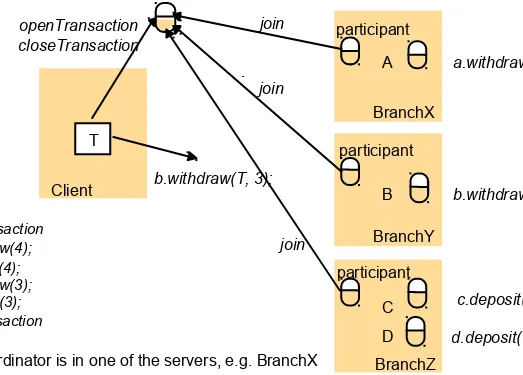
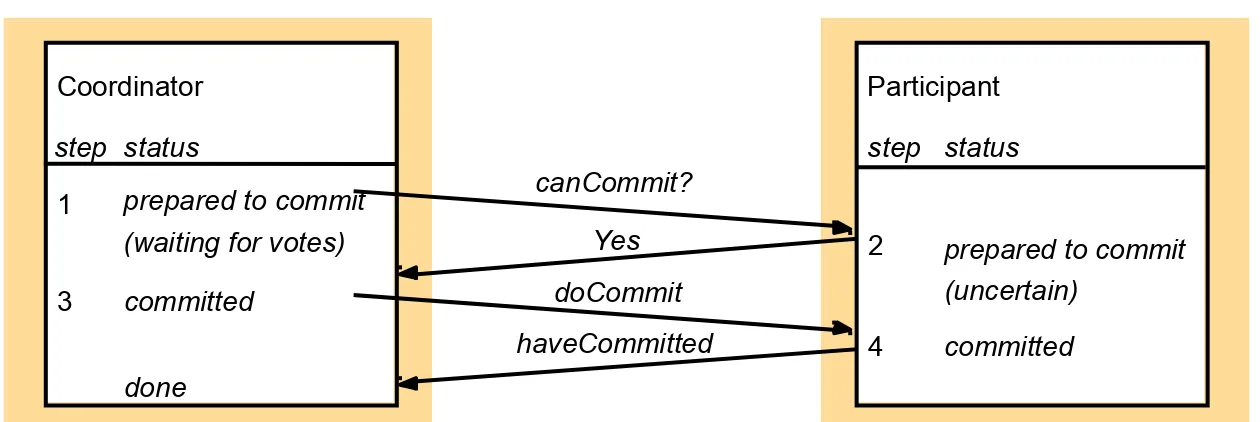
Dokumen terkait
Nilai koefisien determinasi pada penelitian ini sebesar 0,178, sedangkan uji model (Uji F) dapat disimpulkan bahwa model regresi linier sederhana tersebut dapat digunakan
Dalam menunjang upaya mempertahankan dan melestarikan budaya dolanan tradisional, langkah yang tepat adalah dengan penerapan teknologi.. Dan teknologi game adalah
Pada era saat ini informasi sangat dibutuhkan oleh berbagai kalangan. Ciri utama yang menandakan dimulainya era informasi adalah internet. Jasa Warnet NadiPutra sebagai salah
penerapan metode peer assessment dan self assessment ini diharapkan siswa dapat. mengukur kemampuannya dalam memahami materi hidrokarbon, serta
IPNU-IPPNU adalah suatu organisasi kemasyarakatan dan sangat diharapkan oleh Nahdlatul Ulama, sebagai organisasi induknya, yang telah melangkah menuju kemajuan,
In this report, we provide evidence that nuclear protein extracts from etiolated Sorghum leaves contain two DNA binding activities (PC1 and PC2) for a promoter fragment of the C
Sifat Fisis Dan Mekanis Laminasi Bambu Betung ( Dendrocalamus asper ( Schult.f) Backer ex Heyne ) Pada Berbagai Posisi Batang Dan Jenis Perekat.. Dibimbing oleh LUTHFI HAKIM dan
Metode penelitian yang digunakan dalam penelitian ini adalah wawancara berdasarkan faktor pembentuk identitas sosial menurut Tajfel & Turner (1979) yaitu social
